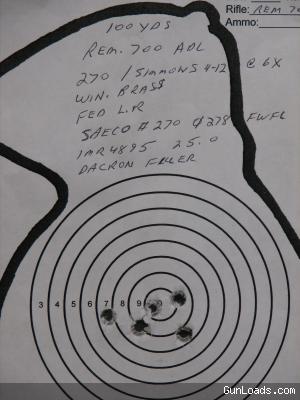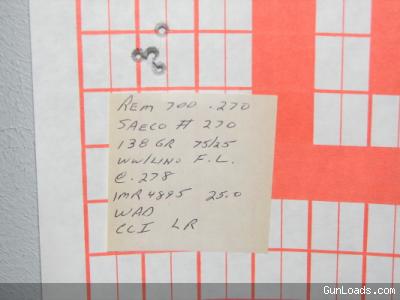What would be good hundred yard accuracy for a sporter weight rifle using cast boolits?
I'm thinking of a Savage 16 FSS in .308 for a cast boolit general shooting rifle.
Shot the 16 FSS for the first time today, here's a link to the results. The details are in that post. I'm pretty darned pleased.
http://castboolits.gunloads.com/show...300#post702300
This rifle was used but almost un-used. After the magazine follower/spring were removed and the action screws tightened there was contact between the barrel and it's channel in the stock. The tang was close to the stock too but without contact. I relieved the barrel channel and the tang channel for generous clearence and then shot it with cast of course.

|
   
   
|


|



 Reply With Quote
Reply With Quote





















